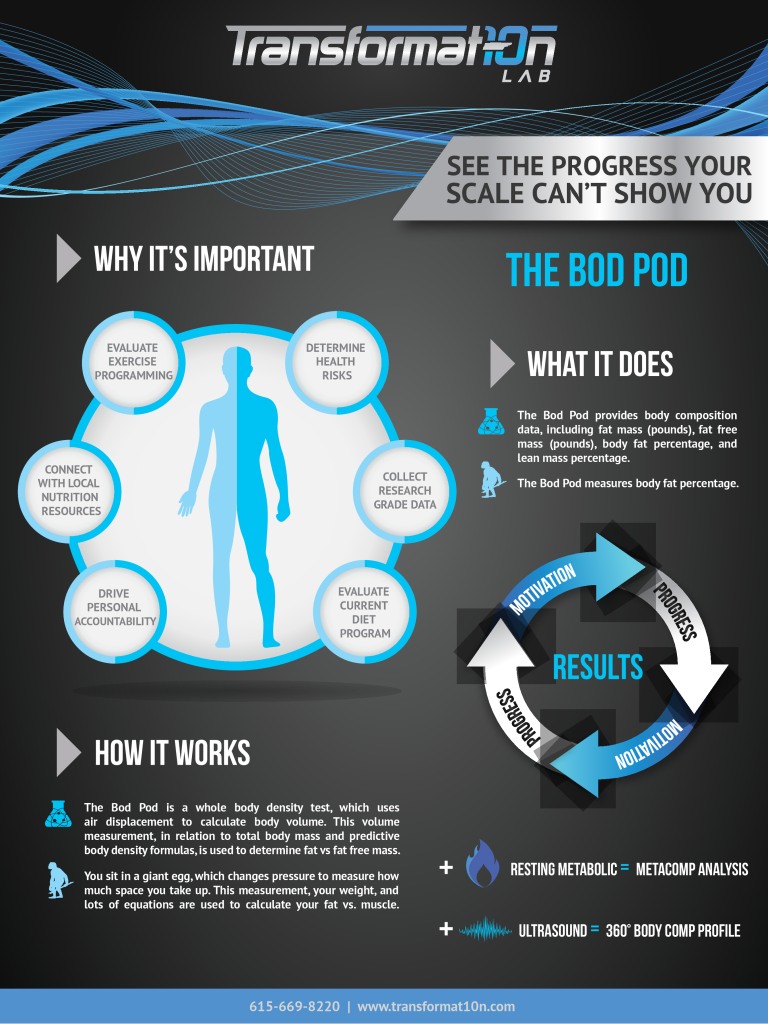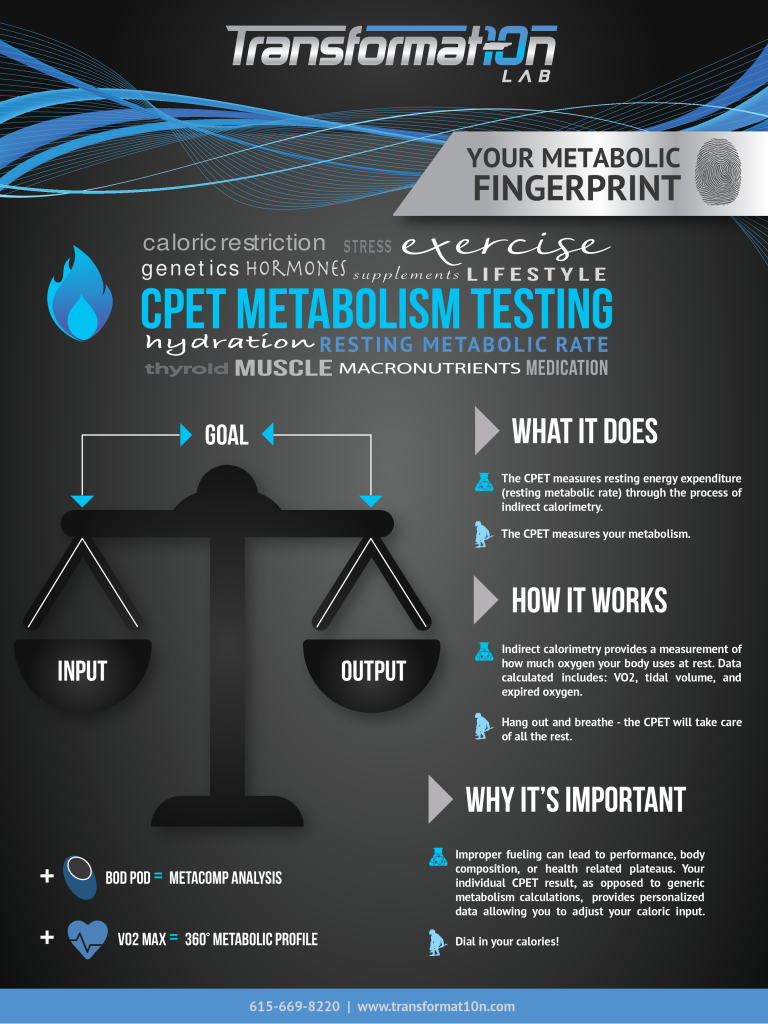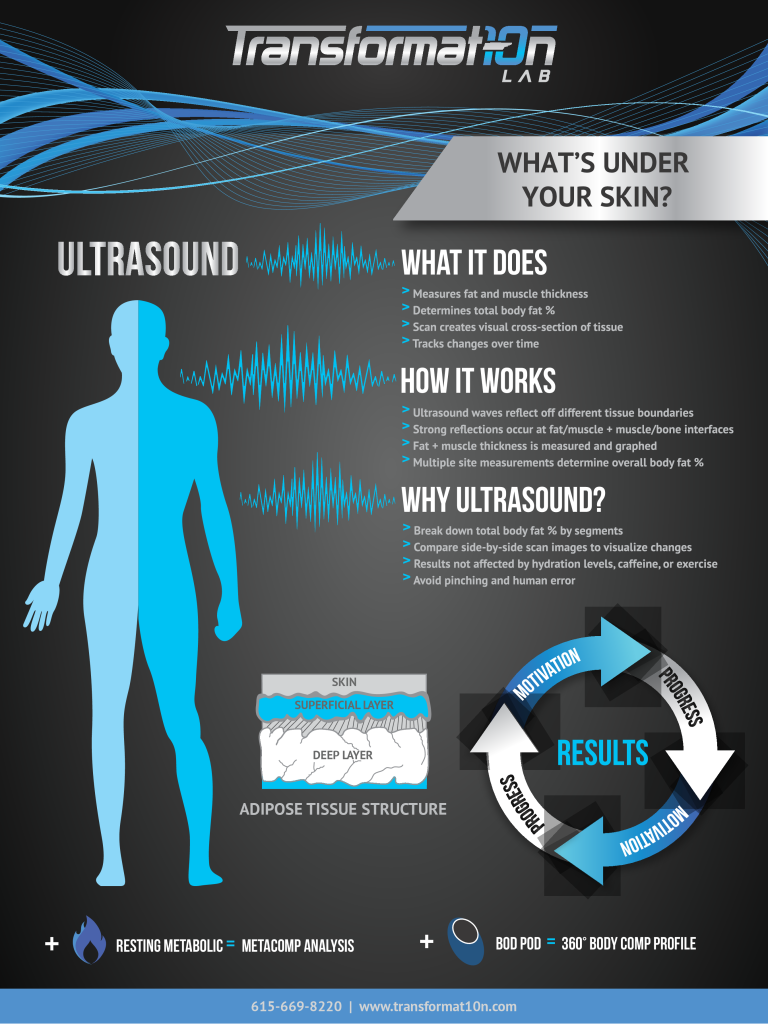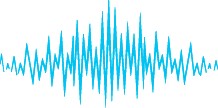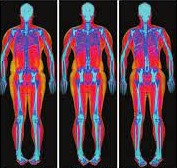DEXA Q&A
Do I need an order from a physician to do a DEXA scan?
Yes. Tennessee law requires all DEXA scans to have an individually issued order from a physician. With the new Transformat10n clinic, Dr. Jake will be issuing these orders at no additional fee beyond the cost of the testing.
How does the physician ordering process work?
After booking a timeslot for testing online, you’ll receive a confirmation e-mail with a link to the DEXAFit pre-test journal. You’ll answer a few quick questions and provide some key information to assure that you are eligible to do the DEXA scan and there are no contraindications. Dr. Jake will review this information and issue the order for testing through our lab. If you are not notified otherwise, you can assume the order has been processed and you are good to go for your appointment. If it is determined you are not a candidate for DEXA scanning, you will be notified and can transfer your test credit to an alternative test modality that may be a better fit or receive a refund.
Who/what is DEXAFit?
DEXAFit is a software company based out of Minneapolis that has analyzed tens of thousands of scans collected in facilities across the US. Our partnership with DEXAFit will allow our clients access to a portal for viewing their scans at any time, a user-friendly reporting feature, and the AI Risk Assessment tool.
What is the AI Risk Assessment Tool? Does it cost extra?
With a database of nearly 100,000 scans, DEXAFit has developed a screening tool based on machine learning to determine the likelihood of both heart disease (CAD) and type II diabetes from a simple DEXA scan. Their current study in review shows the AI risk assessment can predict with an extremely high rate of confidence, making it both a practical and minimally invasive way to assess for leading causes of mortality and metabolic dysfunction.
The risk assessment tool is a $50 flat fee. Some clients may prefer to run the risk assessment on all their scans to track improvements in the metrics; others may choose to just run it on periodic scans (i.e. 1-2x/year). This is an optional add-on, but a powerful tool for those looking to stay ahead of their health with the importance of early detection.
What’s the cost for DEXA scans?
Our fee for a DEXA scan is $159 which includes the physician order outlined above. Scans can be purchased in a 2-pack (7.5% off) or a 3-pack (15% off) for tracking progress over time. It is possible to bundle DEXA with other services (RMR, VO2, etc.) in the same appointment at a small savings compared doing the tests individually.
Is there any difference between DXA or DEXA?
No, both acronyms reference the same scan. Historically called DEXA (Dual Energy X-ray Absorption) the updated industry acronym for the scans is now DXA (Dual-energy X-ray Absorption). Even though DXA is the newer terminology, you’ll see us use the full DEXA more commonly as we find that’s what the vast majority of people are typing when searching for the scans online.
How does DEXA differ from other body composition models?
In terms of readily available body composition assessments with minimal radiation exposure, DEXA is widely regarded as one of the most accurate models. In terms of accuracy, we consider whole body density models (Bod Pod or hydrostatic weighing), Ultrasound testing, and DEXA to be the four worthy models of assessing body composition in a reliable, consistent, and easily reproduceable way.
DEXA differs from these other models in that as a three compartment model (bone, fat, and soft lean tissue) it is able to assess bone density separately from other lean tissue (muscle, organ, etc.). DEXA provides clients with a Z- and/or T- score for assessing bone density in addition to the body composition data (fat %, fat mass, lean mass, etc.) DEXA technology has also been adapted to assess for visceral fat or fat located around key organs. Visceral fat is the type of fat linked to metabolic dysfunction and other health risks.
I’ve heard DEXA scan results often come back with a higher body fat percentage than other models. Is this true and if so, why?
Yes. It is not uncommon to have DEXA scan results come back with a higher fat % and lower lean tissue than ‘field’ models like skinfold calipers and BIA devices like bathroom scales or InBody. Even 2-compartment models like underwater weighing and Bod Pod will more commonly report a lower fat % than DEXA.
The ‘why’ here is a much longer response, but a lot of this has to do with how DEXA determines bone, fat, and lean tissue at a regional level (i.e. trunk, left leg, right leg, head, etc.) rather than making a whole body determination that composition is consistent throughout the entire body.
Dr. Dengal, the director of the Laboratory of Integrative Human Performance at the University of Minnesota, has extensive experience using DEXA for body composition and shares an in-depth article on why DEXA data typically comes back higher. We appreciate Dr. Dengal’s analogy about recalibrating our thinking on what body composition looks like — similar to how we had to recalibrate what a “good” 40 yard dash time was when leagues began switching from hand-timed 40s to the more accurate electronic timing systems (which timed athletes slower compared with hand-timed measurements).
I’m a previous Transformat10n Client that tested in the Bod Pod or via Ultrasound. Will you still be offering those tests?
Yes, these models have produced consistent and reliable results for our clients over the past 8 years. We will continue to offer these tests for clients that wish to continue with these models or don’t qualify for DEXA scanning. As with any test, we do NOT recommend cross comparing test results from different models as a way to assess progress (or regression). A good way to shift from one model to another is to do a transitional scan session where we perform the client’s previous test model (i.e. Bod Pod) and new test model (i.e. DEXA) in the same appointment, so the Bod Pod can be used for comparison to past data points while the DEXA is used to establish a new baseline relative to the Bod Pod result for future comparisons.
Who doesn’t qualify for DEXA scans?
The DEXA table has a height limit of 6’6 and a weight limit of 450 pounds. While it is possible to scan individuals taller than 6’6, it does require special consideration.
Women who either are pregnant or think they may be pregnant are also advised to avoid any unnecessary radiation exposure.
Those that have completed either a contrast (barium) or nuclear medicine study, will be advised to wait at least 7 days after completion of the study.
Clients with extensive metal in their body or prosthetics will be evaluated on a case-by-case basis to determine whether DEXA will be a fit.

